|
Sarajevo is the capital of Bosnia and Herzegovina, and one of the most undervalued cities in Southeastern Europe. Sarajevo has a rich history dating back to its occupation under the Ottoman Empire. Like many other Balkan cities, Sarajevo was bombed during the Yugoslav War in the 1990’s. While the city’s occupants worked hard to rebuild what was destroyed, scars from the war are still evident throughout the city. Do: Walk around the markets of the Old Town. The shops along the main street are very touristy, but if you detour a few streets away from the crowds, you’ll find cheaper, more authentic shops for souvenir shopping (Bosnian scarves are incredible!). Don’t: Eat at touristy restaurants. Walk around the city center, near Sebilj, to find the most authentic kebabs and food stands. You can find cheaper restaurants in the newer part of the city. I recommend Klopa (for meals), Caffe Michele (for amazing cakes and coffee), and Kolobara Han (they have amazing cheese and potato dishes). While there isn’t a large nightlife scene, a lot of young locals recommend Tesla for the best music and drinks. Do: Visit Vijecnica, the City Hall. Admission is 3-5 Bosnian Marks (KM), and the interior is filled with arches, tall ceilings, and beautiful Islamic art. Don’t: Miss the mosques. You can tour the Careva dzamija (the Emperor’s Mosque), the most important in the city, for 3-5KM, and it’s well-worth the money. The inside of the mosque is small, and contained mostly in one room, but it is filled with beautiful mosaics and Islamic art. If you’re a woman, don’t forget to wear a headscarf to cover your hair before you enter the mosque. Do: Visit the museums commemorating the war. Sarajevo suffered greatly after the fall of Yugoslavia in the 1990’s, and there are a number of incredible museums dedicated to preserving this reality. I suggest the Galerija 11/07/95 (10KM) and the War Tunnel Museum (10KM). Don’t: Be careless. Much of Bosnia and Herzegovina is still recovering from the war, and there still badly-damaged buildings and minefields around Sarajevo you need to be wary of. Explore the city, but stay close to the city center to avoid danger. Always be aware of your surroundings, and if possible, take a guided tour of the city before exploring on your own. You can ask your tour guide if they have suggestions where you should travel. 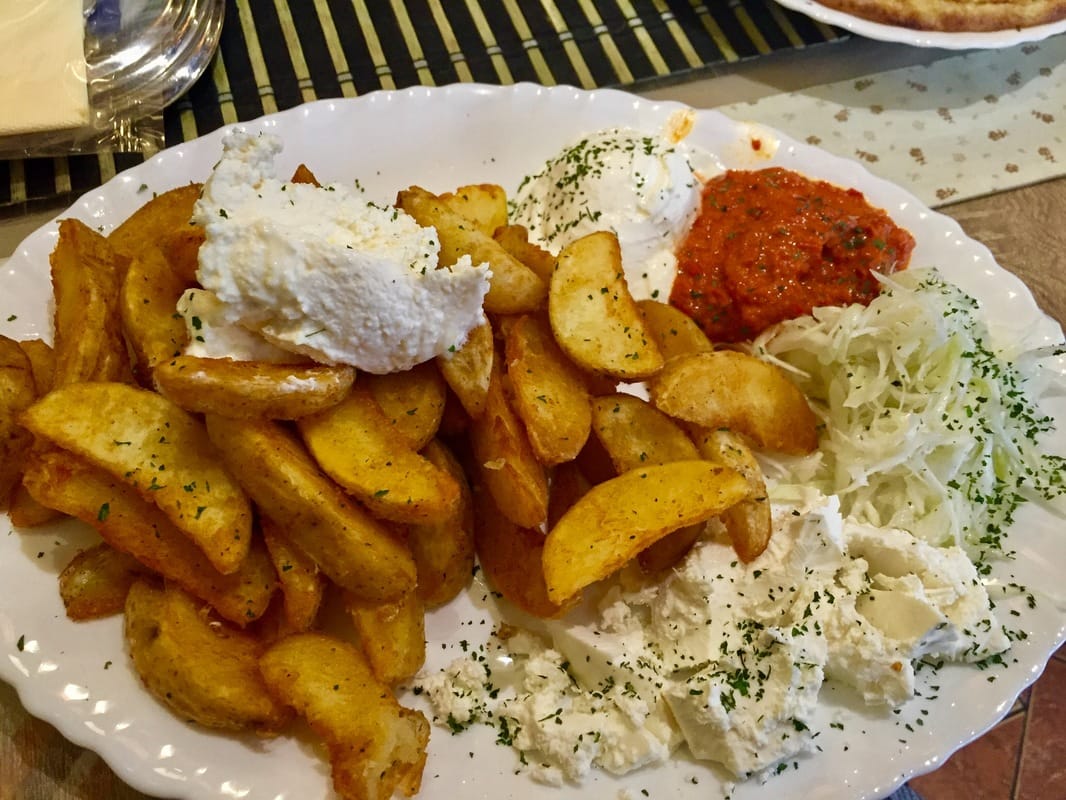 Do: Pack according to the weather. Sarajevo is very hot in summer, and very cold in winter. It is located in the Sarajevo Valley, surrounded by mountains. As a result, the city is very smoggy from pollution. Don’t: Stress over the language barrier. The majority of people you will encounter in Sarajevo speak some English. I suggest learning a few key phrases (Thank you; Hvala, and Please; Molim). I suggest looking at this website and copying a few phrases into your phone incase you encounter someone who speak little English. It is also respectful to make an effort to speak Bosnian, even if you only know a few words and your pronunciation is wrong. Do: See the “Roses of Sarajevo,” which are imprints in the sidewalks where mortar shells fell and exploded during the war. The imprints were later filled with red resin to commemorate those killed in the explosions, and resemble roses. The roses are scattered around the city, and while some are being covered up as roads are repaired, a few will be kept as a permanent reminder of the war.
Don’t: Forget to see the corner where Archduke Franz Ferdinand was killed, signifying the beginning of World War I. There is a plaque commemorating the assassination near the Latin Bridge.
0 Comments
|
Places we've gone, things we've seen, stories worth telling Archives
April 2019
Categories |
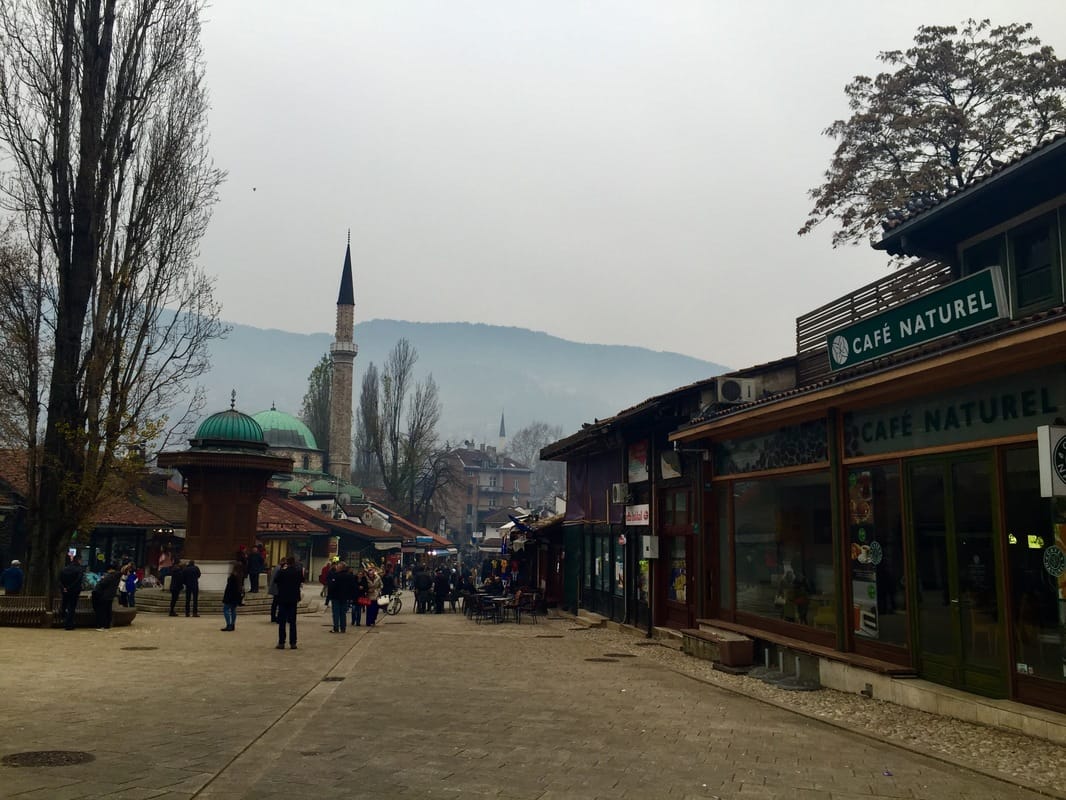
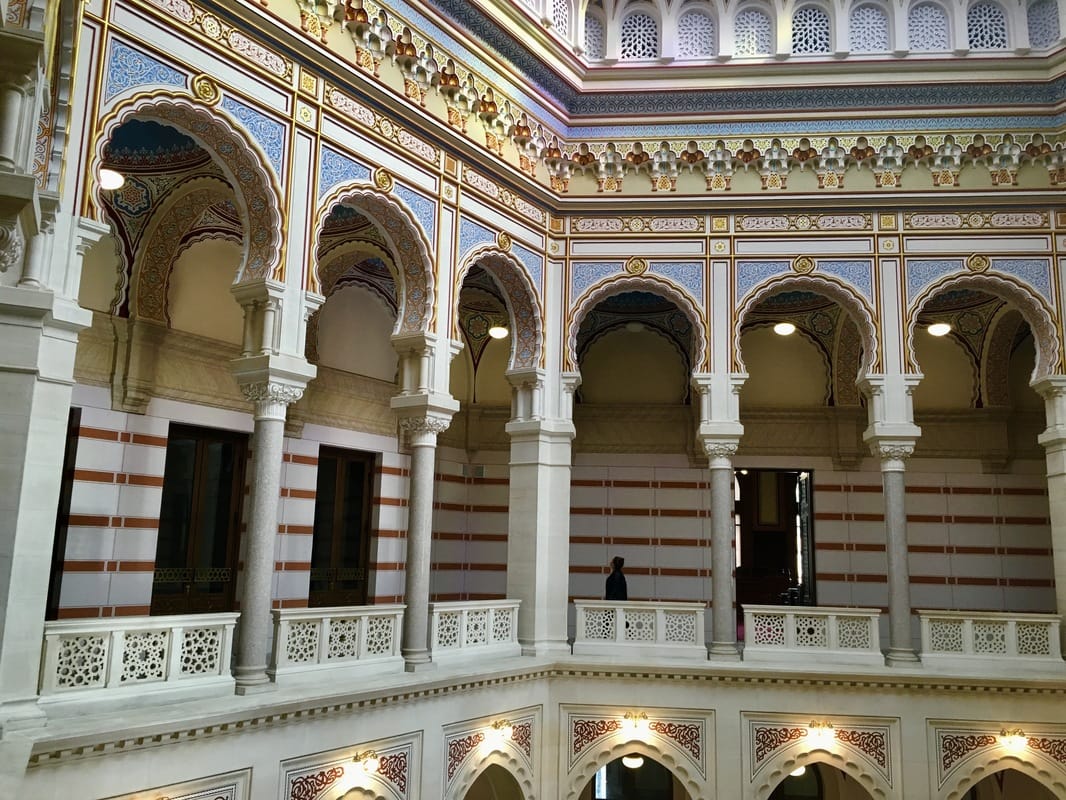
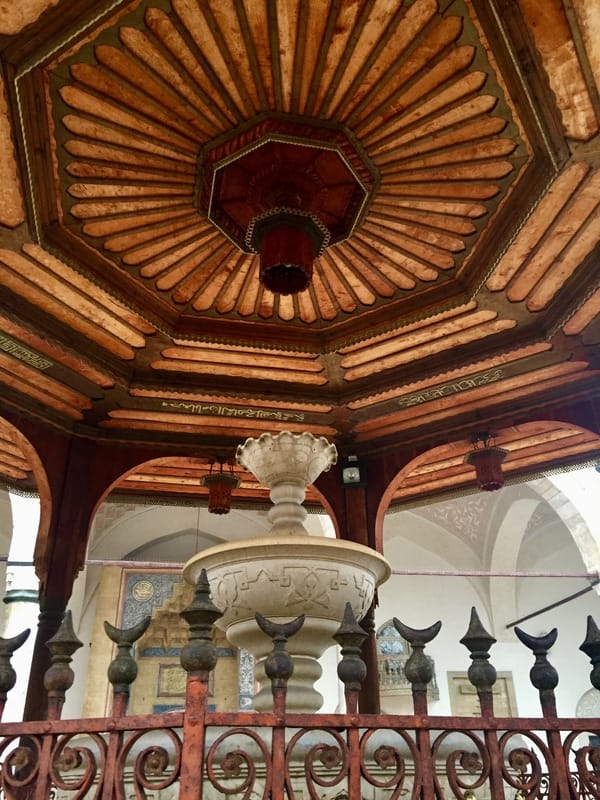
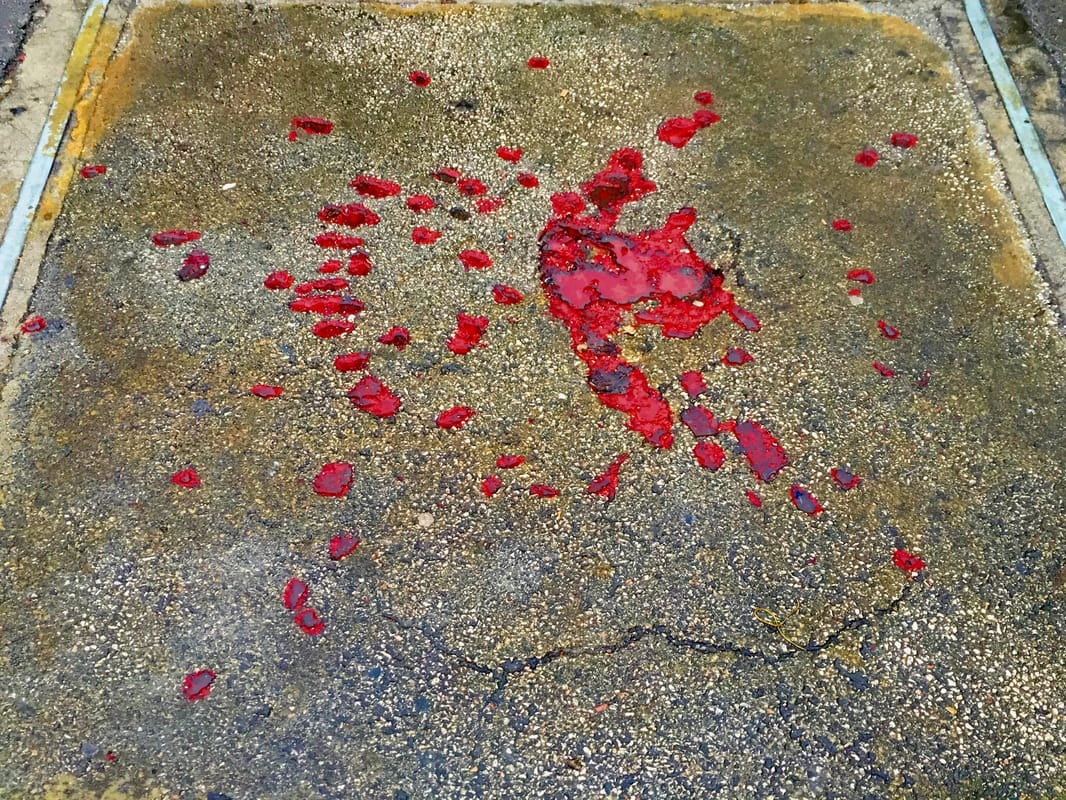
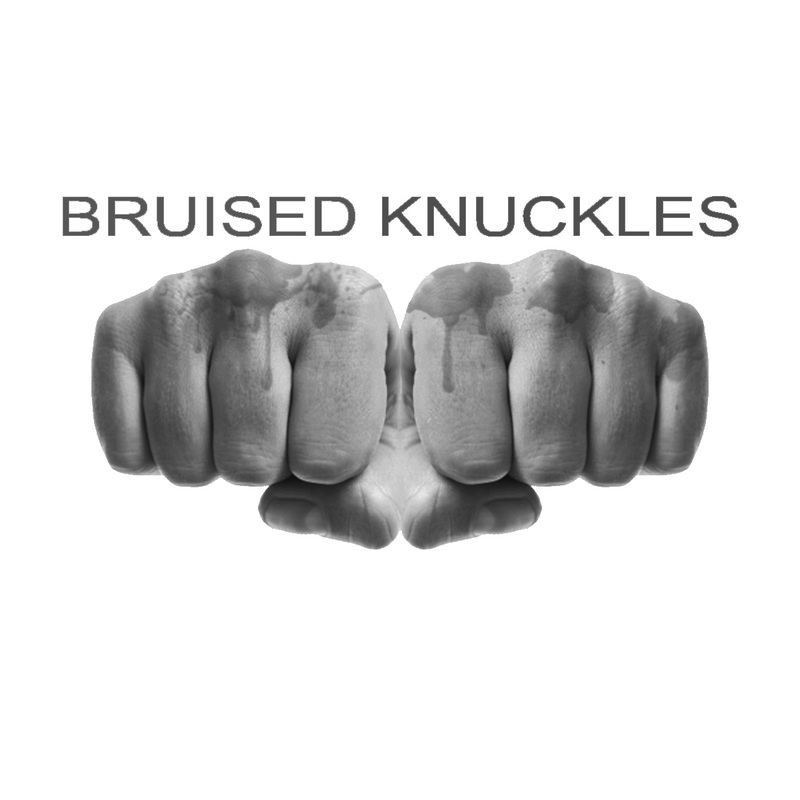
 RSS Feed
RSS Feed
